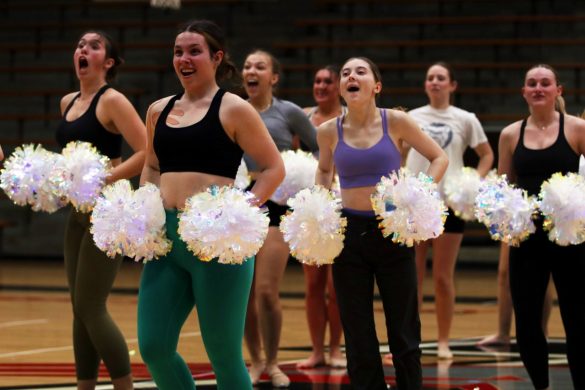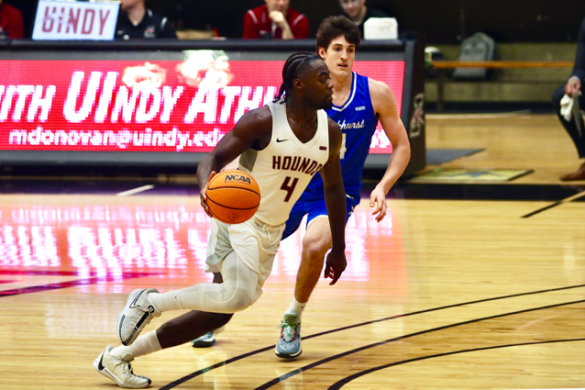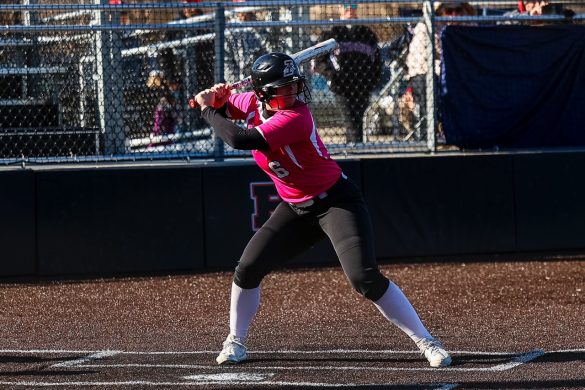Sometimes, I think that March Madness may just be a down payment on conversation. When I was in high school, a majority of my friends were student athletes, and we talked about sports. But March Madness was one of the few times of the year when I could talk sports with my friends who were not really into sports. Everyone loves the story of an underdog. People respect college basketball as less money-tainted than the NBA—which may or may not actually be the case. Then, everyone from the president to my five-year-old nephew fills out a bracket, and all of a sudden we are all equal.
“Who did you have in your final game?”
A national equalizer, March Madness generates an instantaneous conversation. Those awkward situations that many people drown with alcohol or cover with nervous laughter are suddenly absent. Watching the game is an excuse to reach out to friends you haven’t seen in a while, or an easy invitation for including new friends you want to make. It is simple enough that if the conversation lulls then the game is right there as an outlet for attention. But it is long enough that if you are not that interested in the game, you can get into a conversation. This conversation can distract from everyday life or lead to something deeper.
“Hey, you want to come over and watch the game?”
These deeper conversations could range from the dedication it takes for student athletes to graduate to a fascination with the passion that different teams’ head coaches put into the game. For instance, a recent episode of “Sports Science,” a television show on ESPN, showed that Michigan State University Head Men’s Basketball Coach Tom Izzo’s heart rate reaches up to 135 beats per minute during a game. He is in healthy shape, however, and his heart rate quickly returns to normal. This can lead to a conversation about health. Or maybe you think that college athletes should get paid because of all the money the NCAA makes from events such as March Madness. This can lead to a conversation about economy and finances.
“My bracket is busted, so I basically threw five dollars down the drain.”
For many of us in college, those five dollars were supposed to be a down payment on pizza. But it was worth it for the trash talk we shared with the other members of our bracket group. The fact is, those five dollars didn’t go down the drain. Those five dollars were a membership fee to a group of people who share a common interest and seek a common prize. The fun, the conversation, the distraction—these are all key aspects of March Madness that people often ignore.
“I haven’t even looked at that assignment yet. I’ve been watching basketball all day.”
Distraction is probably my favorite part of March Madness, especially this year. March Madness arrived right after a desperately needed spring break, at a time when stress is at its peak and Netflix was just not mad enough to keep up with the pace of my stress. March Madness somehow makes everything better, because it increases my pace of activity while also relaxing me. It distracts me from homework, while at the same time somehow motivating me once it’s over. Also, the bipolar weather of this mad month has me inside the house more than I would care to be. But I am not itching to get outside because of the intensity of the games.
“Did you see that shot? Unbelievable!”
In the end, March Madness is an incredible way to close out the month and usher in spring. It’s an equalizer, a conversation starter, a distraction, a relaxer and a connector. The next time you question why March Madness is so popular, remember to be grateful that it is. It brings a nation together for a few unpredictable weeks. A true representation of the American dream, everyone from the president to my five-year-old nephew watches and empathizes.







